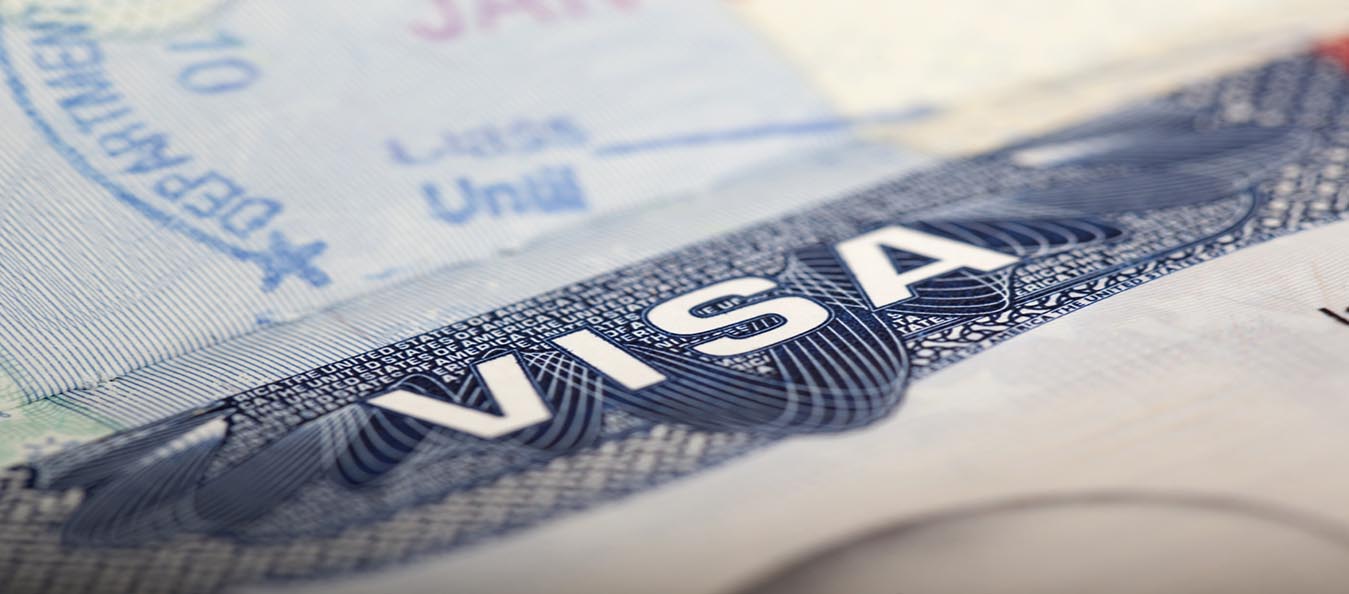
Immigrants sponsored by employers or family members are generally given priority for immigration visas. However, due to annual limits on the number of visas issued by country and immigration purpose, the wait for a visa or green card can still take years. For example, just 10,000 EB-5 visas are available for each year. When the limit is reached, a waiting list is established.
As the waiting list moves, one of the key factors in determining its order is the priority date — the date when the immigration petition was filed. However, this date is not controlling. Multiple visa types or countries of origin may be in the same pool. Visa classifications with higher priorities will be processed first even if the priority date for those applications is later than other applications.
Applicants can track their wait time using the State Department’s Visa Bulletin. The bulletin lists the cutoff date for which applicants are now entitled to visas. For example, if the cutoff date is June 30, 2012, all applicants that applied before that date can now complete the final steps of their application.
Usually, the cutoff date moves forward in time. However, it isn’t a smooth progression like the “Now Serving” counter at the DMV. The cutoff date may move one day at a time, not move at all, or jump forward several days. In some circumstances, it may move backwards in a process called retrogression. Retrogression is used when visa limits are exceeded or when the State Department is overwhelmed by applications. If the cutoff date had been June 30, 2012, it might be moved to June 15, 2012 to slow the approval of visas.
When retrogression occurs, the result will often simply be a longer wait. If time is of the essence, there may be ways to receive a higher immigration priority. Contact an experienced immigration lawyer to learn about the available options.

